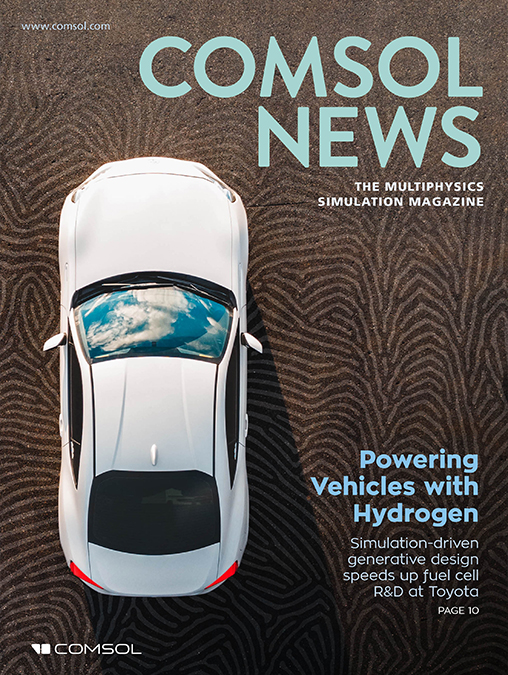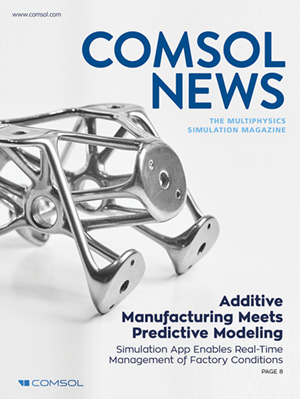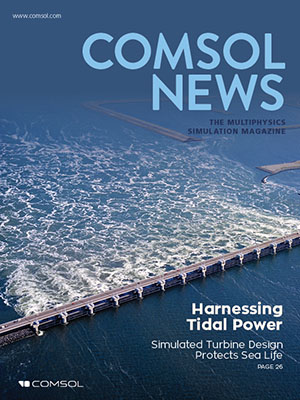The latest stories from COMSOL users are available in COMSOL News and Multiphysics Simulation.
Heating Buildings with Solar Energy Stored in Sand
Polar Night Energy used thermal modeling to optimize the design of a heat storage and distribution system powered by 42 tons of sand. The project aims to help reduce the consumption of nonrenewable heating fuels in Finland and around the world. Read More
Bosch Powers the Automotive Sector Toward an Electrified Future
To design three-phase inverters and DC link capacitors, two integral components of electric vehicle drivetrains, Bosch turned to thermal and EM simulation. Compared to previous designs, the optimized inverters have a 6% greater range and 200% jump in power density. Read More
Designing a Silicon Photonic MEMS Phase Shifter with Simulation
Researchers at the Swiss Federal Institute of Technology Lausanne are using simulation to optimize the optical and electromechanical performance of a silicon photonic MEMS phase shifter, thereby boosting the speed, capacity, and reliability of optical fiber networks. Read More
Designing a Miniaturized Wastewater Treatment Plant for Micropollutant Degradation
Eden Tech uses multiphysics simulation to design a miniaturized wastewater treatment system made from compact discs. The system can be used to remove potentially hazardous micropollutants, including medications and cleaning supply residue, from our waterways. Read More
Powering Offshore Wind Farms with Numerical Modeling of Subsea Cables
Hellenic Cables uses finite element modeling to analyze and validate underground and subsea cable designs for use in offshore wind farms, helping to better connect our world with sustainable power. Read More
The Sight of Sound: Revealing the Effects of Enclosure Design on Loudspeaker Performance
L-Acoustics uses acoustics simulation to optimize their bass reflex speakers for sound systems in arenas and concert halls. To accelerate the evolution of their designs, they use apps to analyze how design parameters affect acoustic output and quality. Read More
Advancing Automotive Product Development with Simulation Apps
Mahindra & Mahindra Limited (M&M) accelerates their product development life cycle for automotive components, while also fostering collaboration between manufacturing, design, and computer-aided engineering (CAE) teams, by building and deploying simulation apps. Read More
Greening the Heart of the City: An Urban Rooftop Drainage System Inside a Garden Fence
TL-Engineering, a simulation consultant, teamed up with a professor, civil engineer, and sound barrier company to design a sustainable urban drainage system (SUDS) that helps mitigate rainwater overflow and noise pollution in a Copenhagen neighborhood. Read More
Designing Smart Solutions for Gas Flow Devices with Multiphysics Simulation
As India moves toward a reduced dependence on fossil fuels, researchers at Raychem RPG used multiphysics simulation to optimize various designs for domestic gas meters in urban homes throughout the country. Read More
3D Modeling of Armor Losses in High-Voltage Cables
NKT HV Cables used numerical modeling to investigate electromagnetic fields and calculate armor losses in 3D cable designs. Then, they validated their modeling results with experimental measurements to ensure confidence in their simulation-led design analyses. Read More













